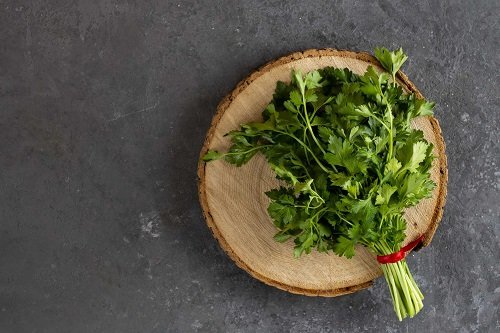Even though these herbs belong to the same Parsley family, they look very different and serve different purposes. Here’s Cilantro vs Culantro differences!
While these both herbs might look the same to many, they are different when it comes to the taste, aroma, and flavor. So, what are the key differences between the two? Is there any special reason why you must choose one over the other? Let’s find out the Cilantro vs Culantro differences!
If you want to grow them both, click here for Cilantro and here for Culantro
What is Cilantro?
Cilantro, an herb of the Coriandrum genus, contains substantially higher vitamins. Fresh Cilantro contains up to 92% of water. It has a prevalent use in Mexican, Indian, and Asian cuisines. It must not be confused with coriander, which is its dried seeds.
What is Culantro?
Culantro, which is scientifically known as Eryngium foetidum is a tropical herb belonging to the Eryngium genus, widely utilized in the Caribbean and Latin America. It has long, lettuce-like leaves—A rich source of iron and calcium and has uses as spice and seasoning.
Difference between Cilantro and Culantro
1. Family
Even though both Cilantro and Culantro belong to the same family, Apiaceae, their genus is different. Cilantro belongs to the Coriandrum genus whereas Culantro belongs to the Eryngium genus.
2. Appearance
Cilantro and Culantro as both are green-leafy herbs, but they look entirely dissimilar. Cilantro has clam-like leave and Culantro has lettuce-shaped leaves.
3. Smell and Flavor
Both have a little soapy and tangy flavor and smell somewhat lemony. But Culantro has a comparatively more robust taste and smell than Cilantro.
4. Culinary and Medicinal Uses
Commonly consumed in garnishing, Cilantro seeds (Coriander) are used as a spice in various cuisines. Besides this, it has efficient medicinal usage as an ailment for mouth cancer, toothache, to remove poisonous metals like mercury and aluminum from the body.
The leaves of Culantro are useful for almost all dishes. It is used while cooking, unlike Cilantro, which is usually used at the end of the cooking for garnishing.
Culantro is widely popular since ancient times for its medicinal purposes at home. Other medicinal purposes are to cure asthma, detoxification, pain relief, and bad breath.
5. Nutritional Benefits
Cilantro has prevalently vitamins C, provitamin A, and K, along with potassium
and manganese. It helps in reducing anxiety, improves sleep due to soothing properties, and reduces heart diseases.
On the other hand, Culantro is rich in calcium, iron, and phosphorous. It assists in the formation of blood and making bones strong.
Conclusion
People often confuse Culantro with Cilantro. But it is appealing to note that both can be used as a substitute for each other, but the proportion of Culantro must be less as it has a sharp flavor than Cilantro.




